Kunz AcrEase H60B User manual
Other Kunz Farm Equipment manuals
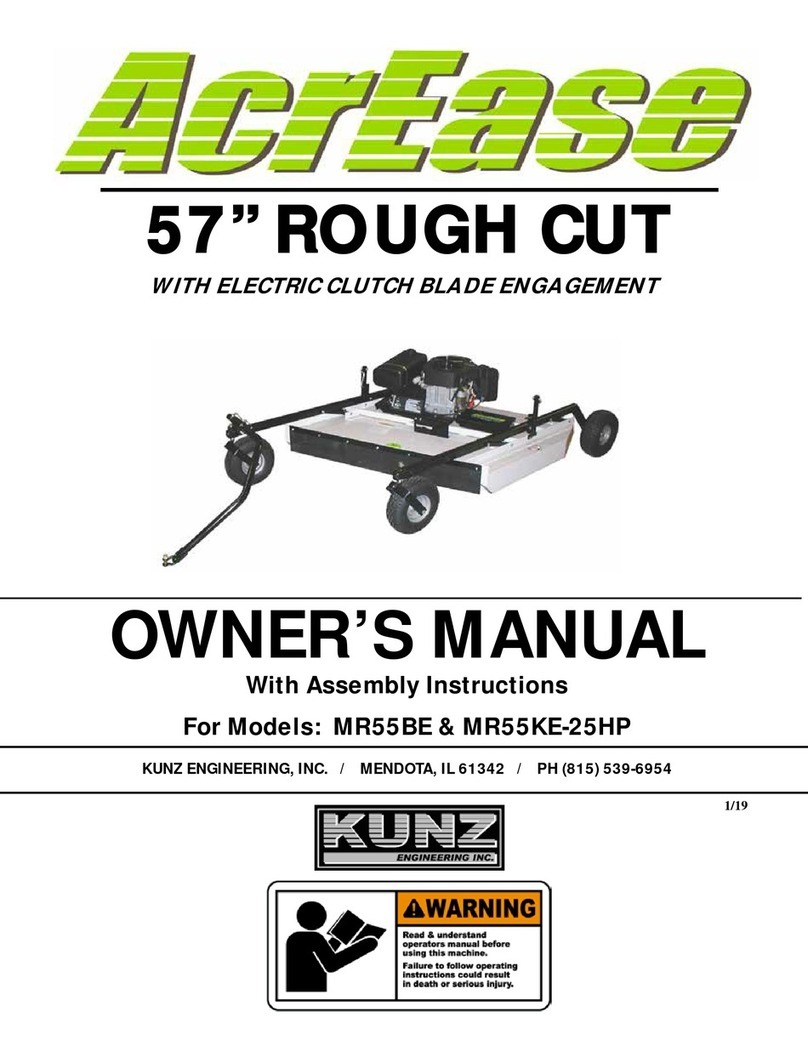
Kunz
Kunz AcrEase MR55KE-ECO User manual
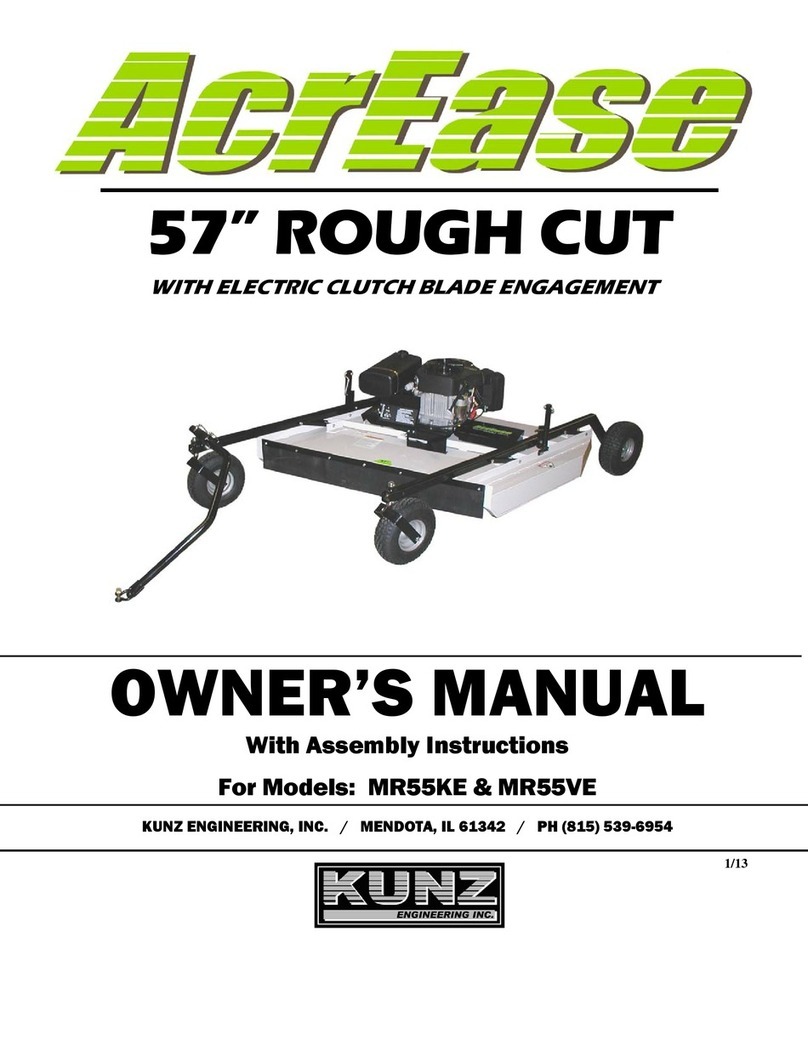
Kunz
Kunz AcrEase MR55VE User manual
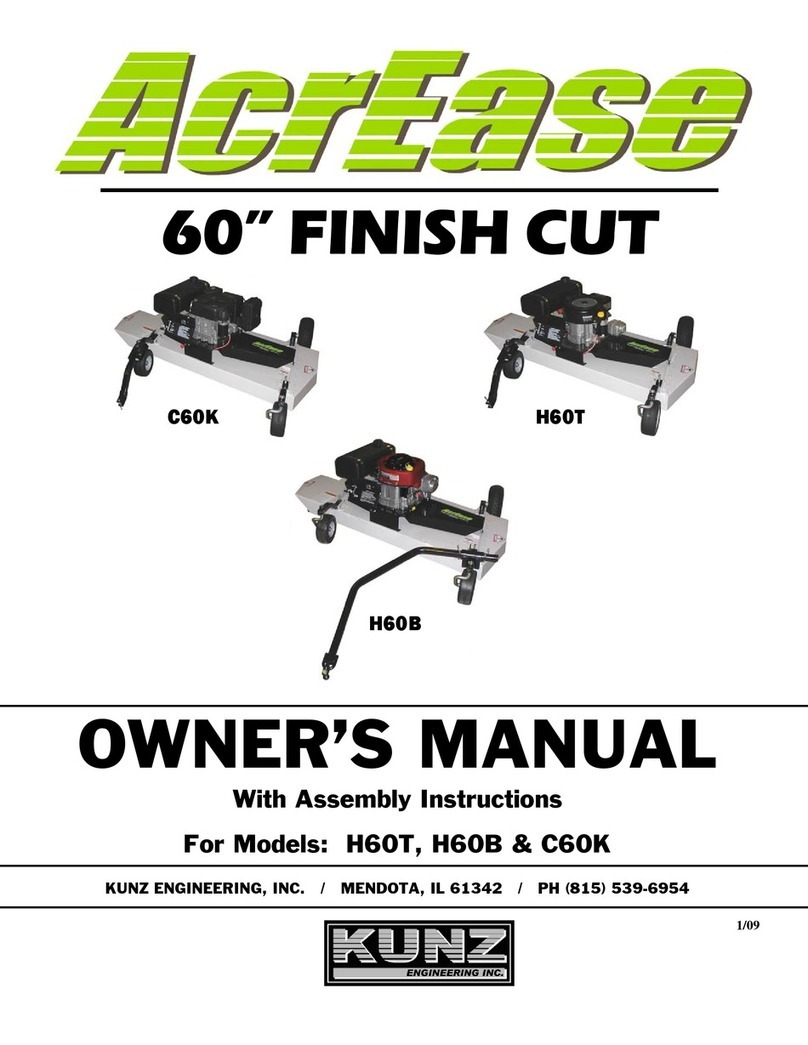
Kunz
Kunz AcrEase H60T User manual
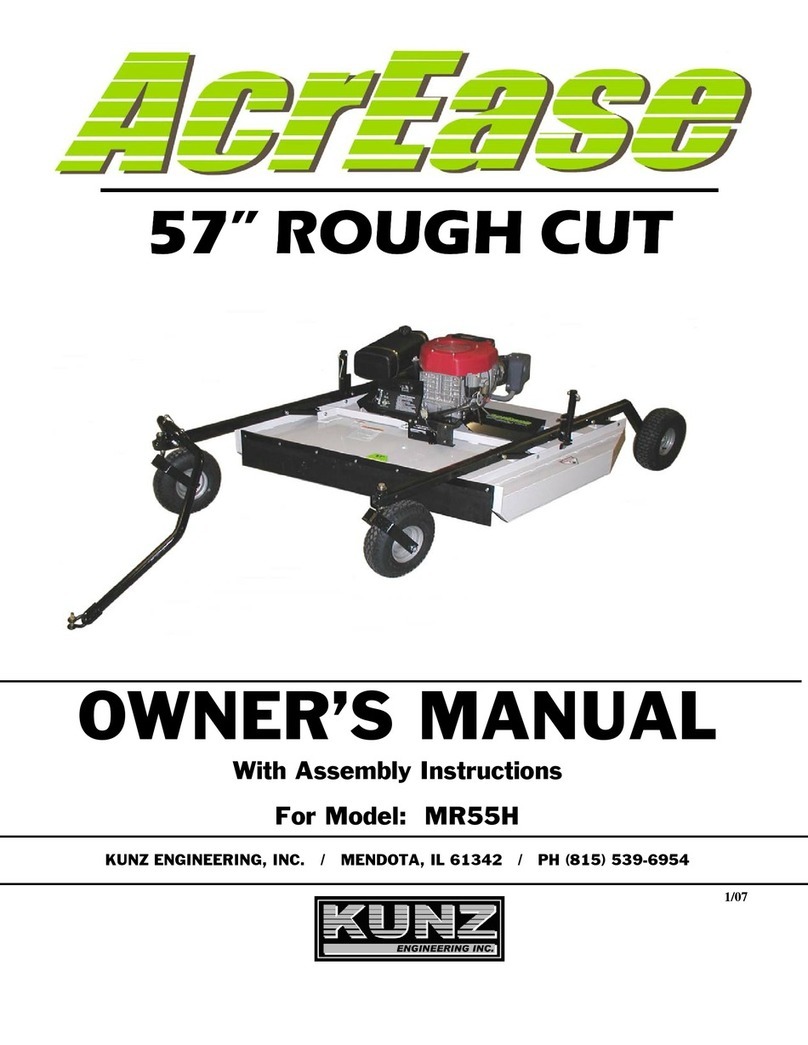
Kunz
Kunz AcrEase MR55H User manual
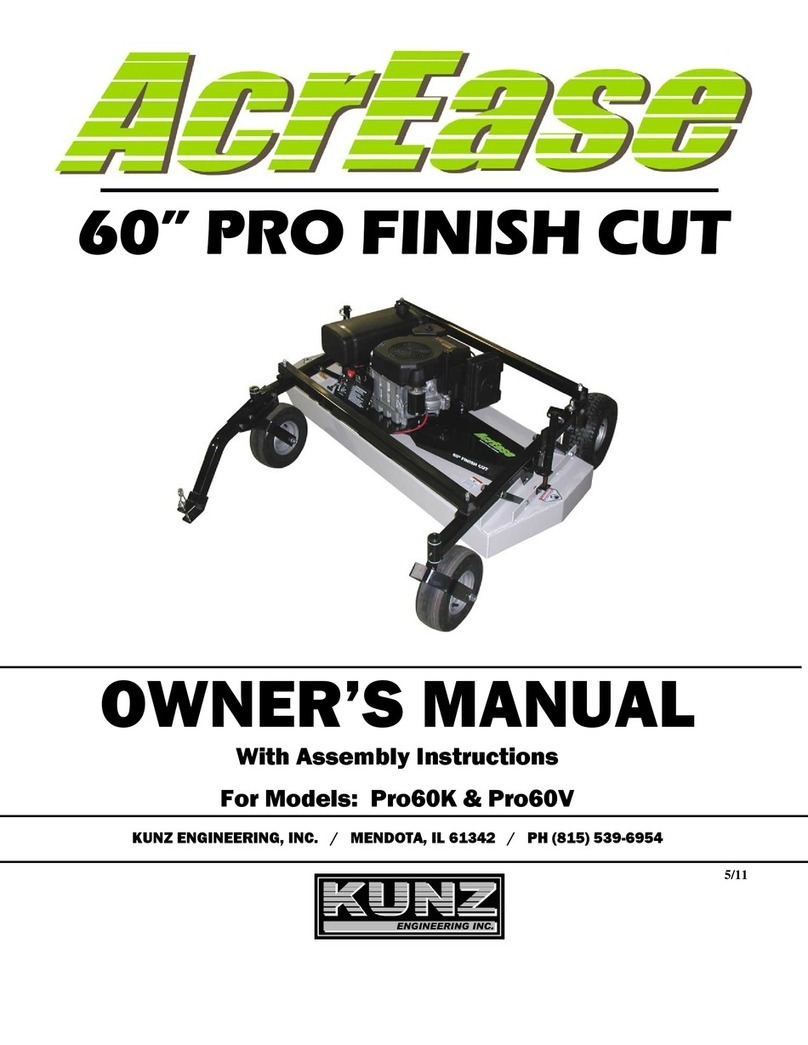
Kunz
Kunz AcrEase Pro60K User manual
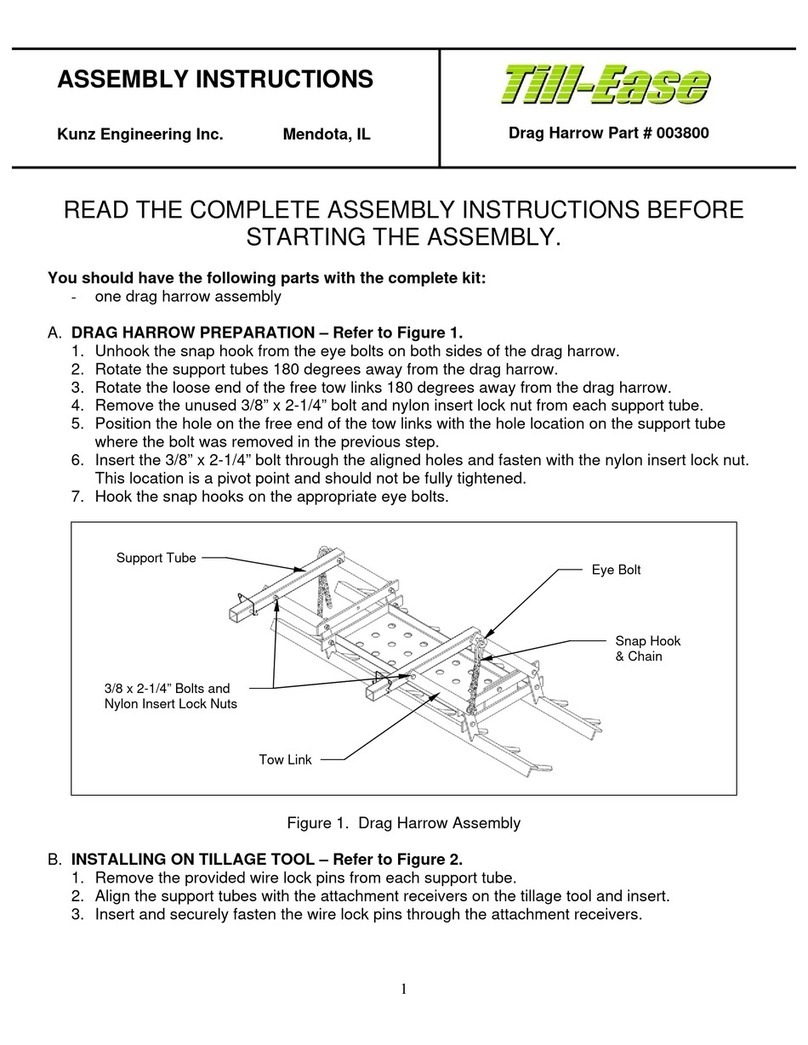
Kunz
Kunz Till-Ease User manual

Kunz
Kunz AcrEase MR55KE-25HP User manual
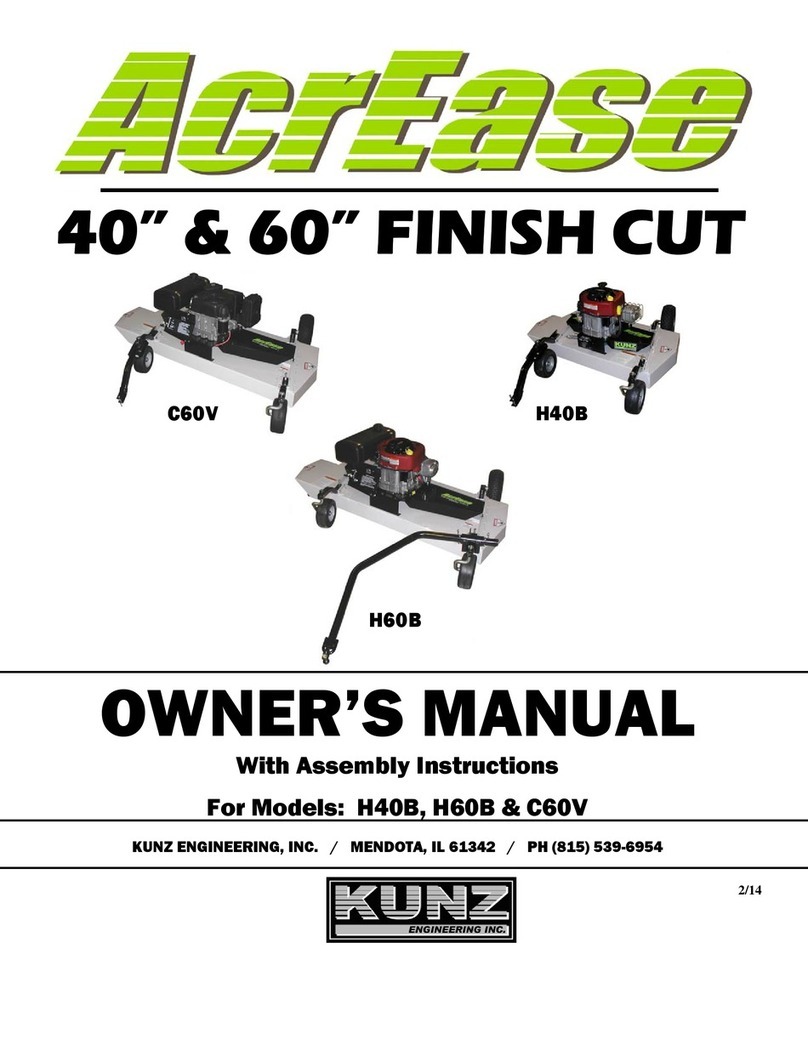
Kunz
Kunz AcrEase H40B User manual
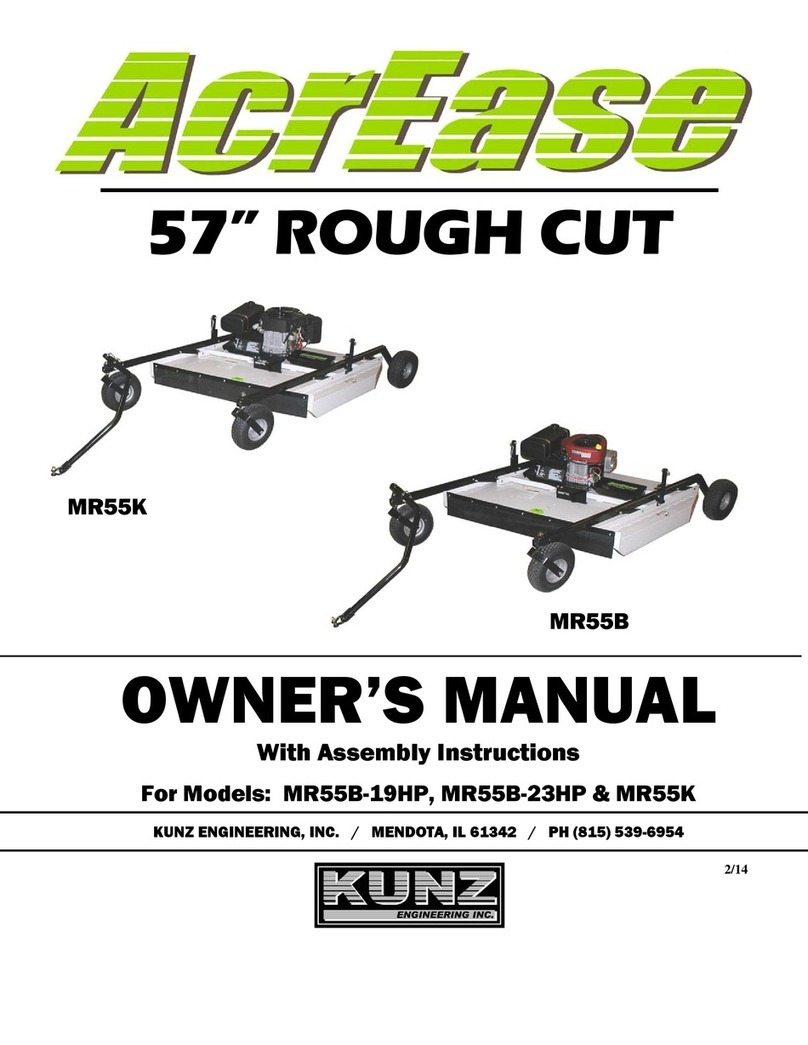
Kunz
Kunz AcrEase MR55B-19HP User manual
Popular Farm Equipment manuals by other brands

Schaffert
Schaffert Rebounder Mounting instructions

Stocks AG
Stocks AG Fan Jet Pro Plus 65 Original Operating Manual and parts list

Cumberland
Cumberland Integra Feed-Link Installation and operation manual

BROWN
BROWN BDHP-1250 Owner's/operator's manual

Molon
Molon BCS operating instructions

Vaderstad
Vaderstad Rapid Series instructions
















